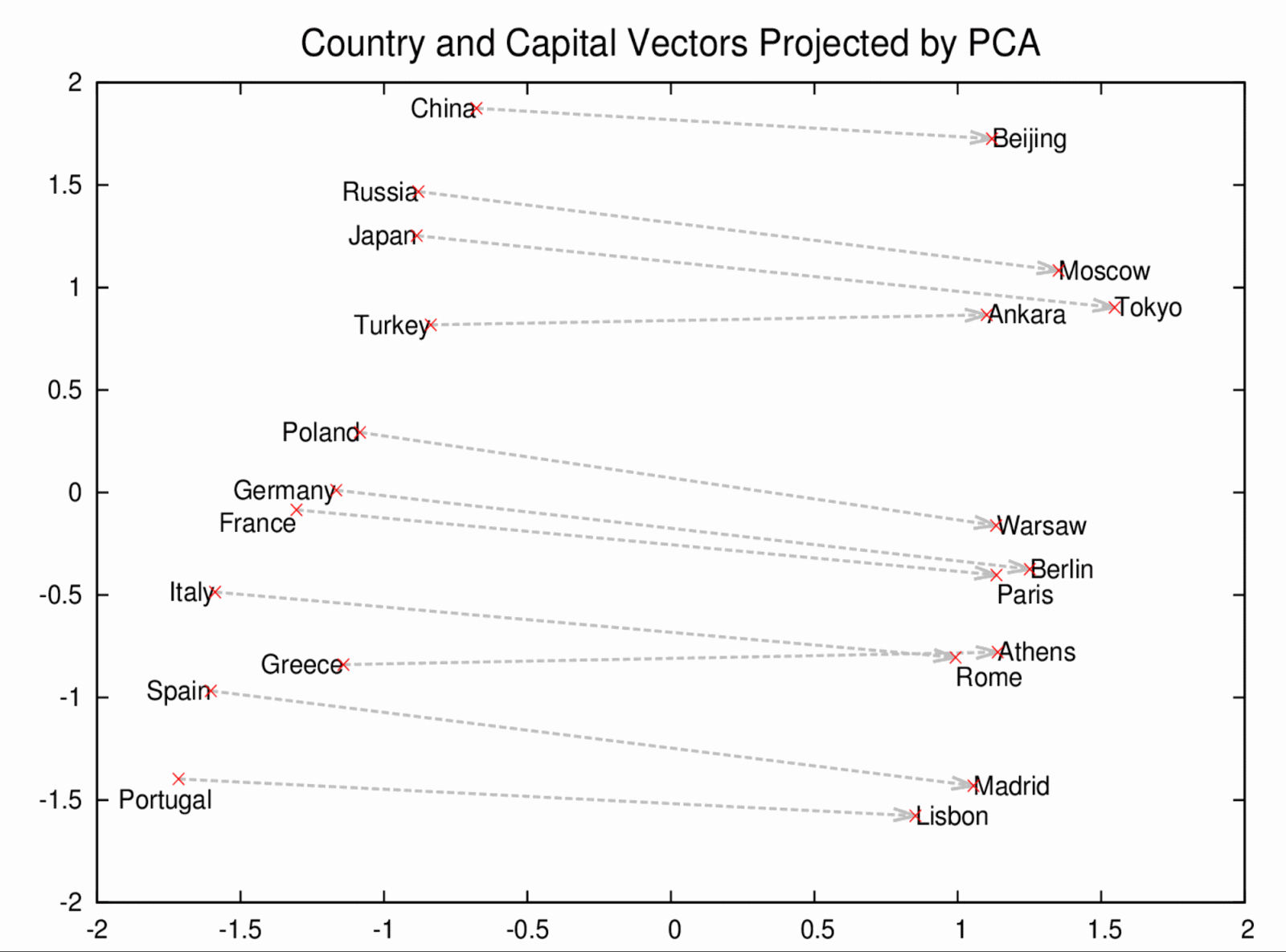
RankBrain became part of the Google algorithm back in 2015. Nowadays it’s becoming more relevant than ever before. RankBrain is related to the latest Google algorithm update from October 2019 called BERT (Bidirectional Encoder Representations from Transformers), which focuses on more complicated search queries depending on context.
What Is RankBrain?
RankBrain is a crucial part of the main Google algorithm that uses machine learning to process and evaluate user’s search queries in order to return the most relevant results. It’s one of the most important parts of Google’s core algorithm.
How Did Google Rank Results Before RankBrain?
Before Google introduced RankBrain, they used their basic algorithm to determine the most relevant results to users’ search queries. Based on the entered query, the search engine scanned through the websites in its index and tried to find the ones containing the keywords typed in by the user.
In a lot of cases, Google wasn’t able to return satisfying results and the user had the modify his search query. In order to get more accurate results, the user had to adjust the natural language to machine language. For example, instead of typing “where can I buy the cheapest mobile online” one would adjust the query to “buy mobile online cheap”.
We (the ones who work in digital marketing) tend to think a bit differently about the way we use search. However, when we consider the different age categories, countries, languages and the many ways of people expressing themselves (slang, dialect), we can see that there is number of different ways to ask one question.
And it doesn’t end with text search. The possibilities are even greater using voice search. The diversity of search queries is expected to grow exponentially in the near future as users tend to use voice search more often.
Better Search Results Thanks to The RankBrain Algorithm
Currently search queries go through an interpretation model that takes into account various criteria – e.g. personalization, localization, words of the search query and their relation and other external information – to better understand their meaning and the intention of the user.
Google processes more than 3 billion searches a day. According to the latest Google data from 2017, up to 15% of those searches are completely new. Just think about it: 15% of 3 billion searches every day. That’s a lot of new search queries. But thanks to machine learning, Google is able to constantly learn in order to deliver the most relevant results for its searchers.
How Does RankBrain Work?
Greg Corrado, Software Engineer at Google, explained in an interview for Bloomberg that RankBrain uses artificial intelligence to convert huge amounts of text into mathematical entities, called vectors, which the computer can understand.
When RankBrain comes across a new word or phrase it has never seen before, it tries to understand the meaning and makes a guess which other words or phrases are similar to the requested search query. This is a more efficient way of giving the user the most relevant results for queries the search engine has never seen before.
Back in 2013, Google published an article where they were talking about a technology called word2vec, whose main job is to better understand the meaning behind words and concepts. Why are we mentioning this? Because it’s also connected to RankBrain.
Word2vec is trying to find similarities between concepts. Google also gave some examples in the mentioned blog. The computer is aware of the fact that Paris and France have the same relationship as Berlin and Germany (capital and country). It can do it just by monitoring and mapping out bunch of text on the Internet. This was a very general and simple example, though. Google is able to discover much harder and more complex connections.

In order to better understand the user’s search query, it uses vectors of already known relationships among similar queries, thus, providing more relevant search results. It’s not looking for the same or similar keywords, but rather searches for concepts.
During the process it works with a number of databases about people, things or places to fill its own algorithm with information and data, which are the source of machine learning. The search query is broken down into words, which are subsequently segmented into word vectors by using mathematical formulas. These formulas classify each word or phrase to a specific category containing words and phrases with similar meaning. Vectors that are close to each other represent linguistic similarity.
When Google stumbles upon a never-seen-before search query, it takes a look into the mentioned databases and using the previously created mathematical formulas tries to find relevant search results to the user’s search query. That’s why Google also takes into consideration signals that could change the meaning or the intention of the search query. These signals can be conjunctions like “and”, “or”, “without”.
RankBrain - The 3rd Most Important Ranking Factor?
Greg also stated that RankBrain is one of the TOP3 ranking factors which Google uses to determine search results and the ranking of websites in SERP. You may be asking: Which are the other 2 ranking factors?
Andrey Lipattsev, a Search Quality Strategist at Google, later revealed that the other 2 most important factors other than RankBrain are backlinks and the website’s content quality.
But seeing RankBrain among these factors is a bit weird. RankBrain is more of method that helps the search engine rank search results rather than a signal or a ranking factor. It focuses on the content.
Originally, RankBrain’s main job was to focus only on unknown search queries to help Google fully understand them while uncovering the user’s intention. Back in 2015, RankBrain was used only for 15% of search queries. It didn’t take long and RankBrain proved its efficiency so much that a year later it was implemented for all searches.
The databases are filled with data and information which are converted into specific mathematical categories. If Google meets an unknown query, it takes a look into its database and tries to interpret it by finding similar phrases and concepts to the search query. Besides that, it also takes into consideration other factors, such as personalization, location, current events and more. Furthermore, the machine learning constantly monitors various signals and the user’s interaction with the search engine in order to keep improving its algorithm, thus providing more relevant search results.
How to Optimize Your Website for RankBrain?
If you’re still reading this, you might be asking: Is it even possible to optimize for RankBrain? Of course, it is! Are there any difficult techniques and methods involved? Hell no!
All you need to do is what Google has been advising webmasters to do (content-wise) for a few years now – create quality content.
This is also confirmed by Google’s Garry Illyes. He recommends to write valuable and high quality content that is natural and sounds human. Don’t try to over-optimize your website by writing unnatural texts like a robot. Your website is out there to give value for users, so curate your content for them, not the search engine’s robots.
If you stuff your content with a bunch of keywords, it will sound unnatural and the search engine might not understand your website and think of it as irrelevant. Gary gives a simple advice.
Take your articles, blogs and read it out loud to your colleagues, family or friends. If they understand what you’re writing about, your content is optimized for RankBrain. If not, you have some work to do.
Just remember: create relevant content with high quality that uses natural language and offers added value for your users. If you already do, you’re optimized for RankBrain.